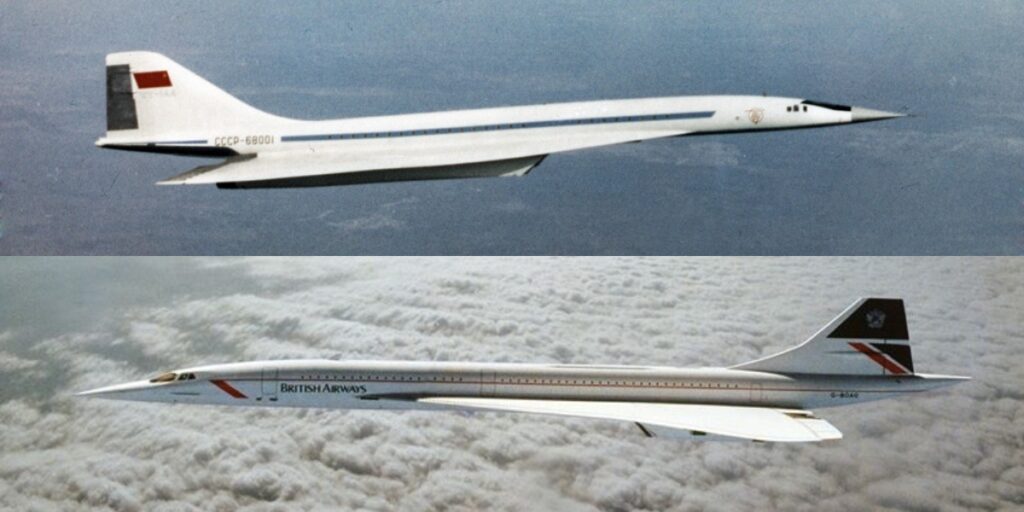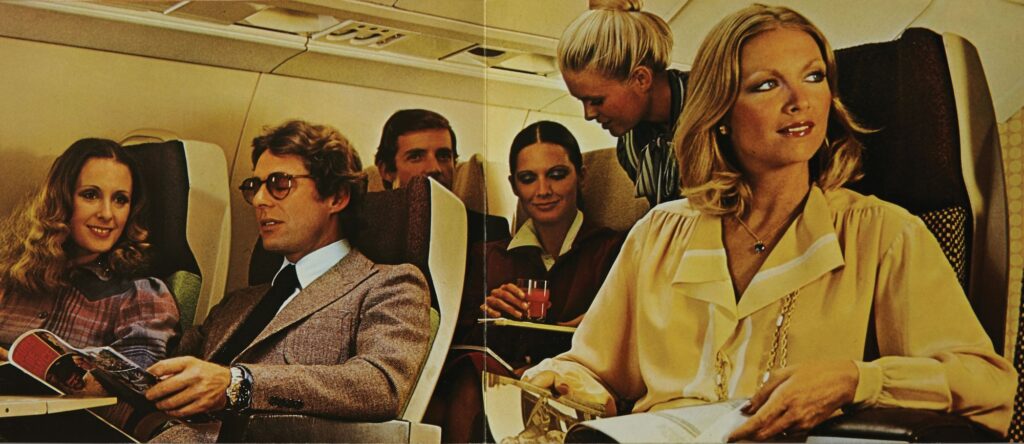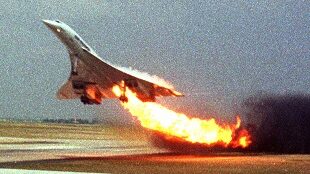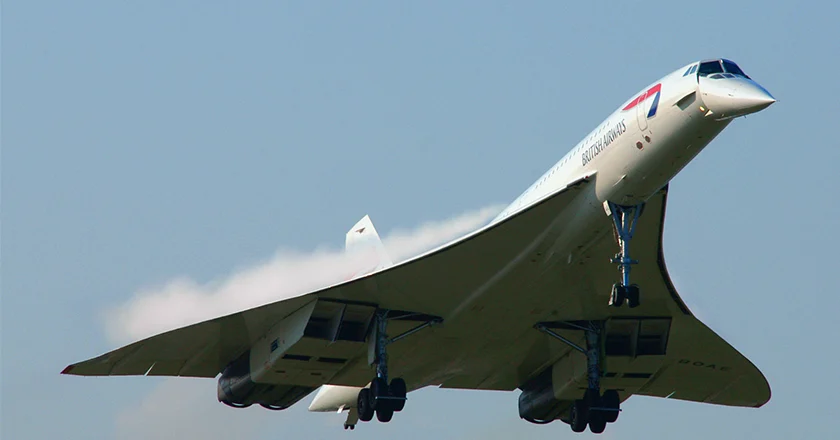Discover the true story of Concorde: its Cold War origins, Mach 2 speed, lavish travel, fatal crash, and why supersonic airliners disappeared in 2003.
A Cold-War Race for Speed
In 1962 Britain and France signed a treaty to co-develop a supersonic airliner that could slash the typical seven-hour Atlantic hop to about three and a half. Their joint project, eventually named Concorde, paralleled Soviet work on the Tupolev Tu-144 and came just as the new Airbus consortium formed in 1970 (its first A300 would not fly until 1972).

Engineering the Icon
Only twenty Concordes were built, including prototypes; fourteen entered commercial service with British Airways and Air France. Each carried about 100 passengers and a cockpit crew of three (captain, first officer, flight engineer). Powered by four Rolls-Royce/Snecma Olympus 593 turbojets derived from the Bristol Olympus used in the Avro Vulcan bomber, Concorde cruised at Mach 2.0 (≈ 2,150 km/h) while guzzling roughly 18,000 litres of fuel per hour.
Luxury at a Price
A one-way New York–London ticket in the late 1990s cost about £4,800, close to €9,500 in today’s money. This ticket bought passengers caviar, champagne, and the bragging rights of arriving three hours earlier than any subsonic jet.

Parallel Paths and Abandoned Dreams
The Soviet Tu-144 reached Mach 2 first but flew only a handful of domestic services before safety issues ended its career; one airframe even surfaced on eBay in 2017. Across the Atlantic, Boeing collected 122 provisional orders for its 2707 SST before the U.S. Congress cut funding in 1971. The wooden mock-up later spent years inside a Florida church after the building changed owners.
Crash, Costs, and Retirement
Concorde’s spotless safety record ended on 25 July 2000 when Air France Flight 4590 struck runway debris on take-off from Paris, rupturing a fuel tank and crashing two minutes later. All 109 on board and four people on the ground died. Combined with post-9/11 demand slumps, steep maintenance bills, and environmental limits on sonic booms, the accident sealed Concorde’s fate. Both airlines withdrew the fleet in October 2003.

What Remains—and What’s Next
All surviving Concordes are museum pieces, but interest in commercial supersonic travel is reviving. Start-ups like Boom Supersonic are developing quieter, more efficient Mach 1.7 designs aimed at relaunching city-pair times once dominated by Concorde, without its crippling fuel burn and ticket prices.

